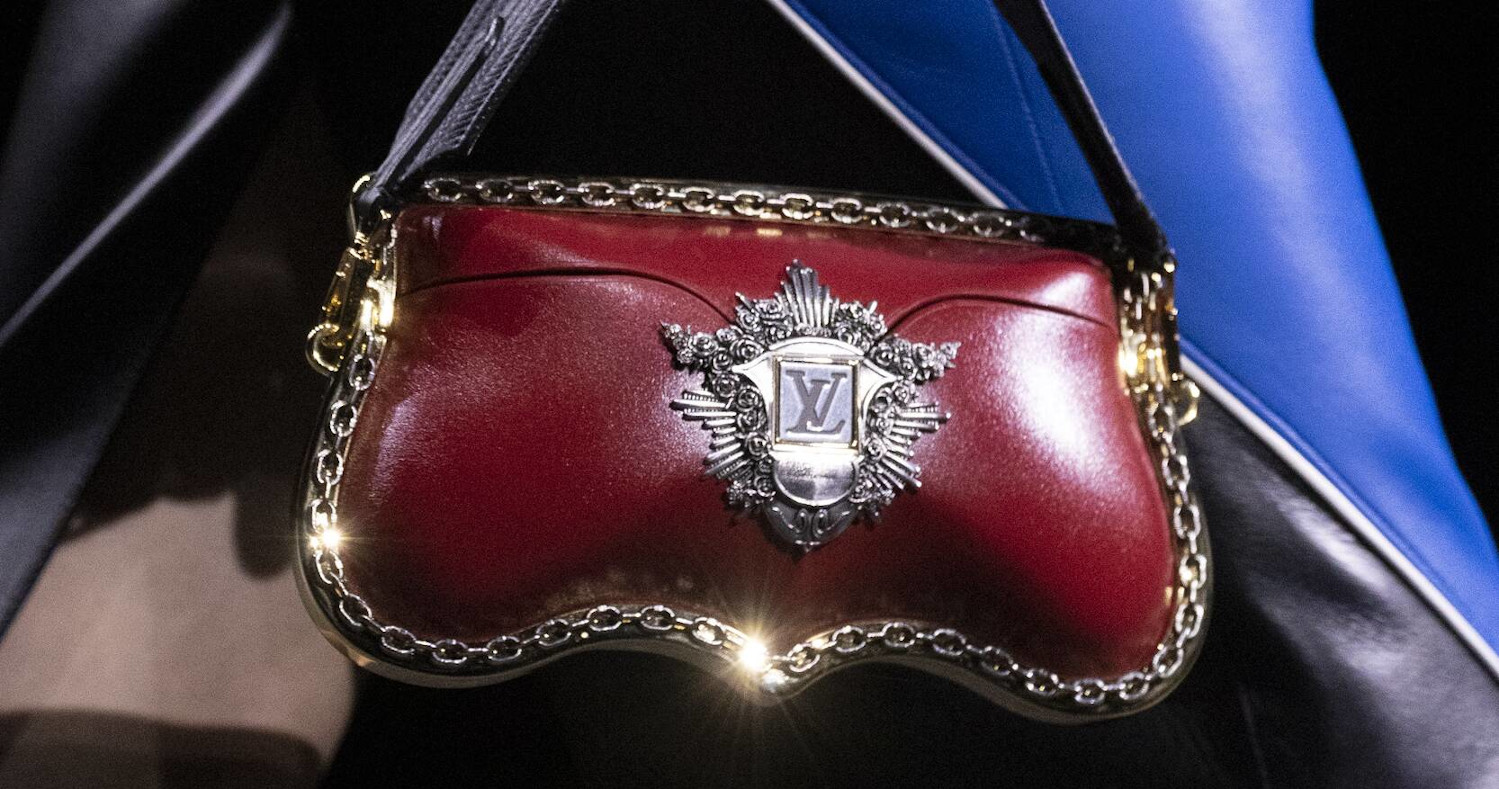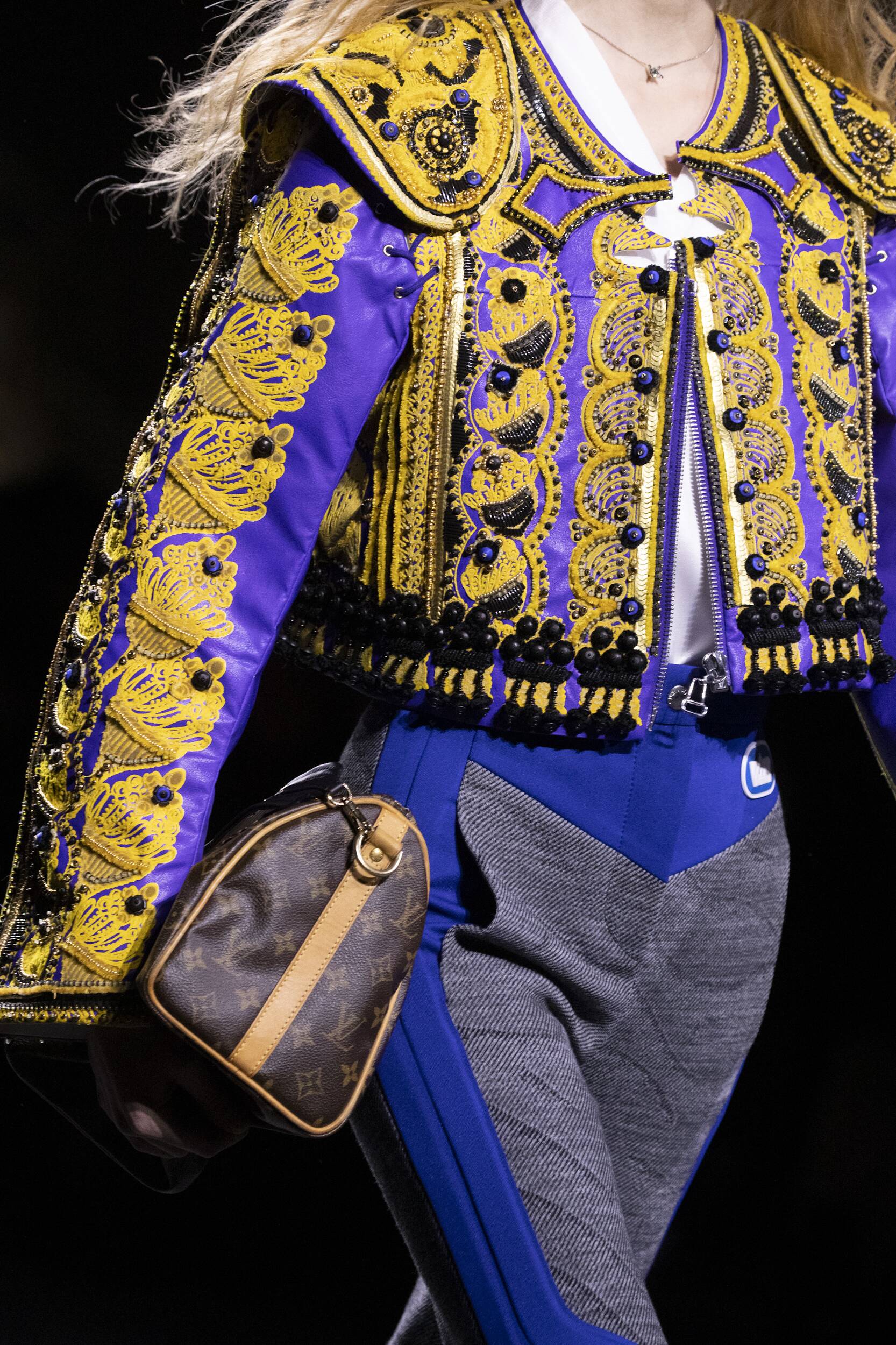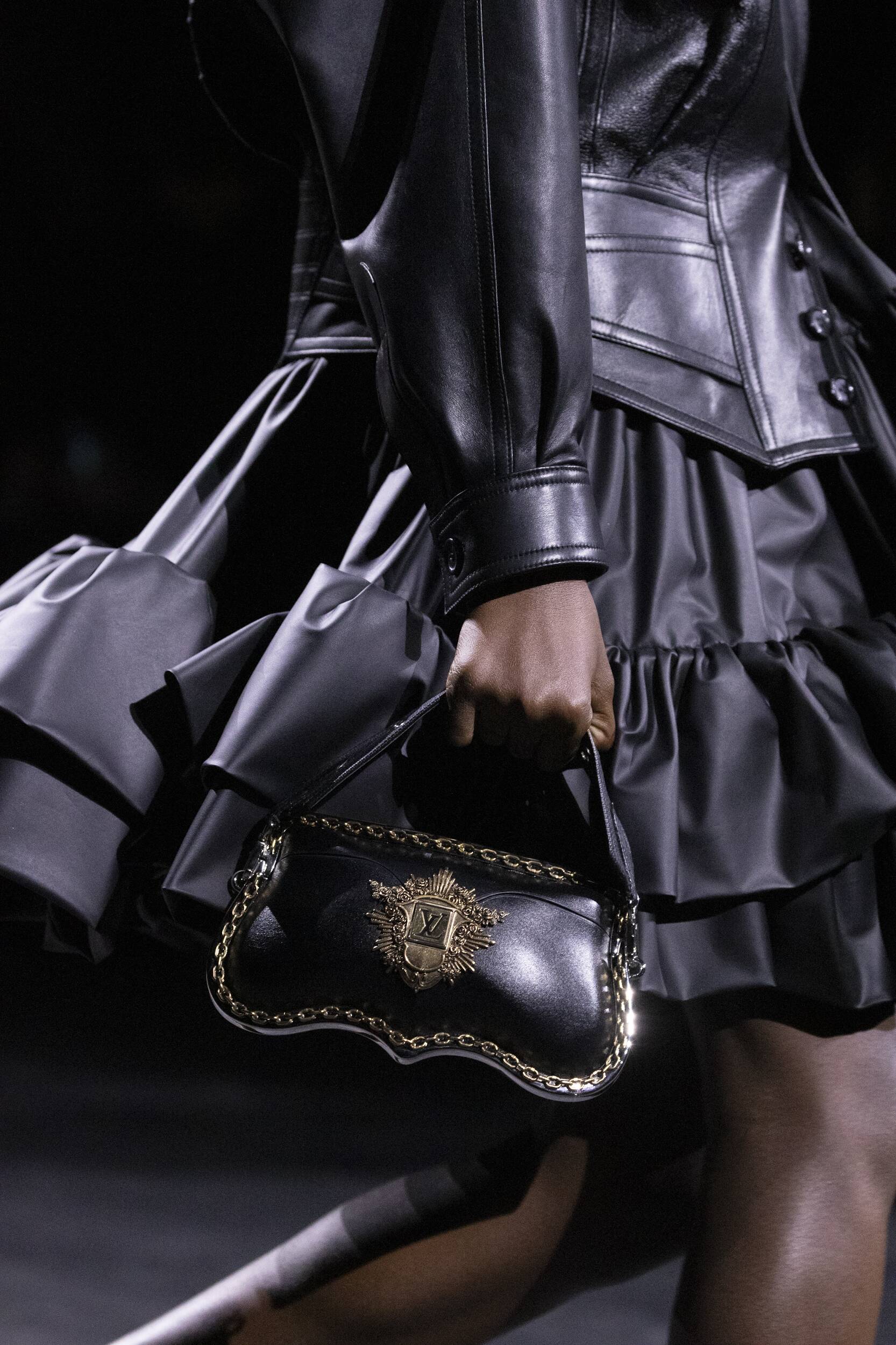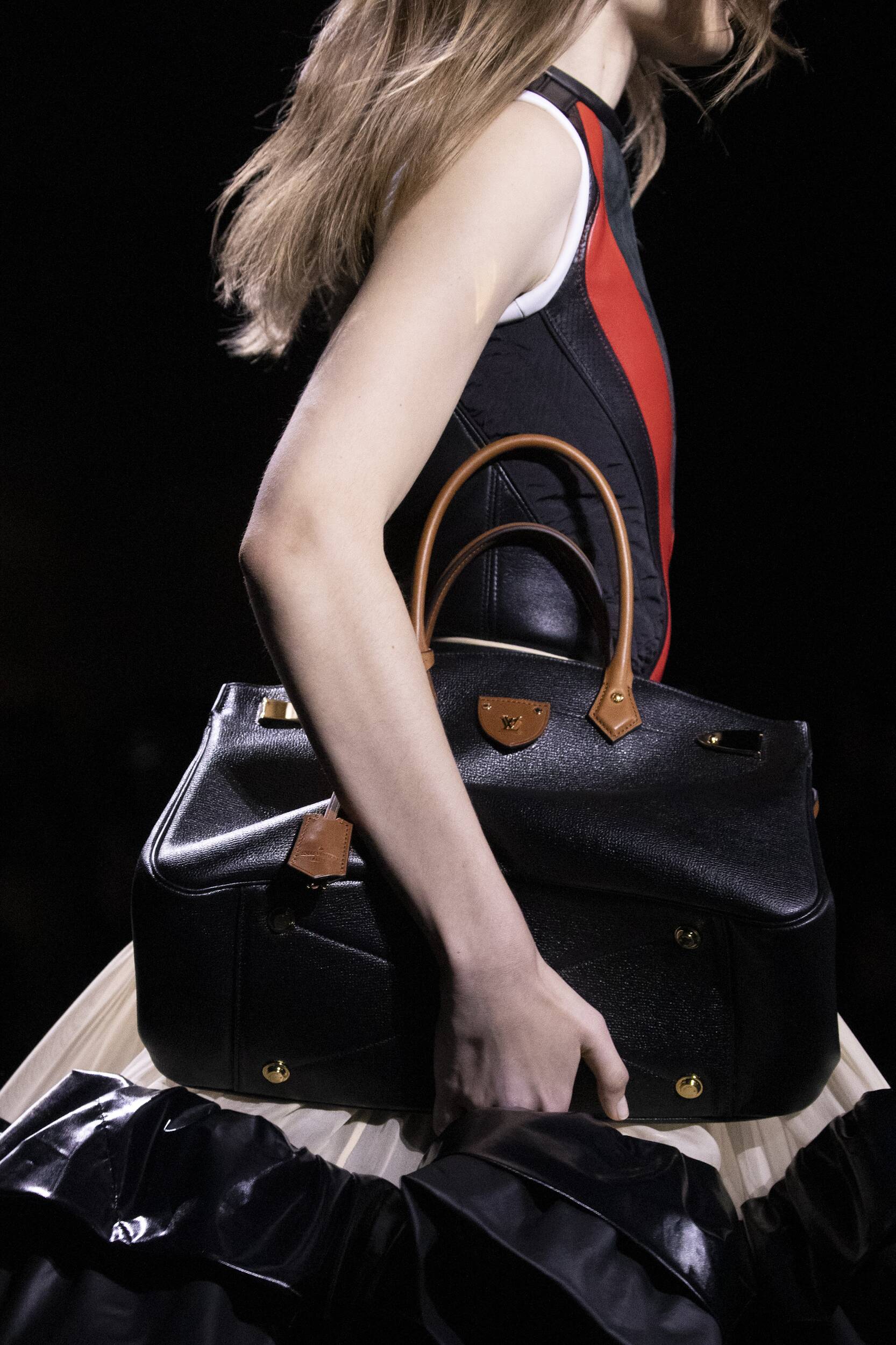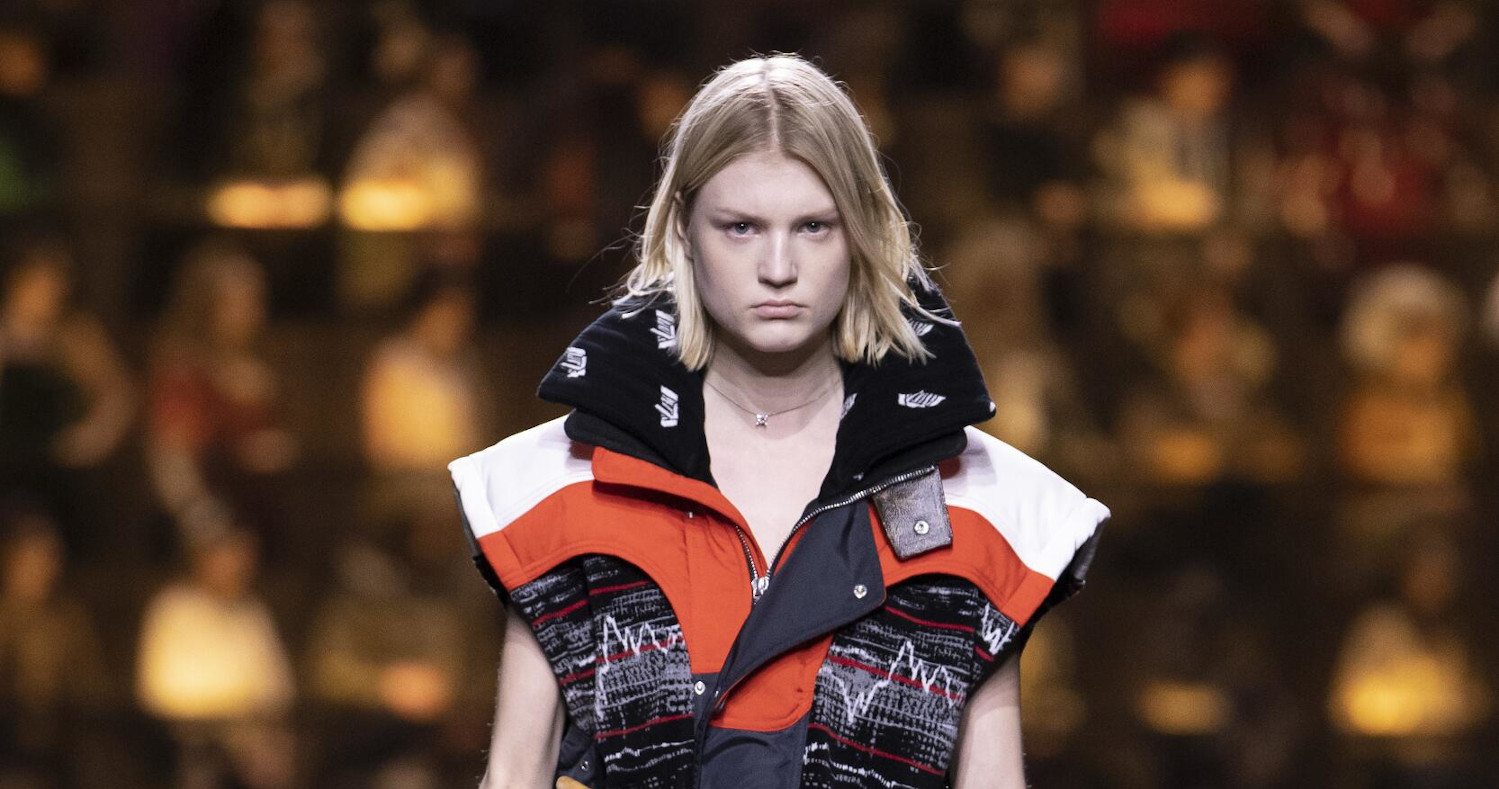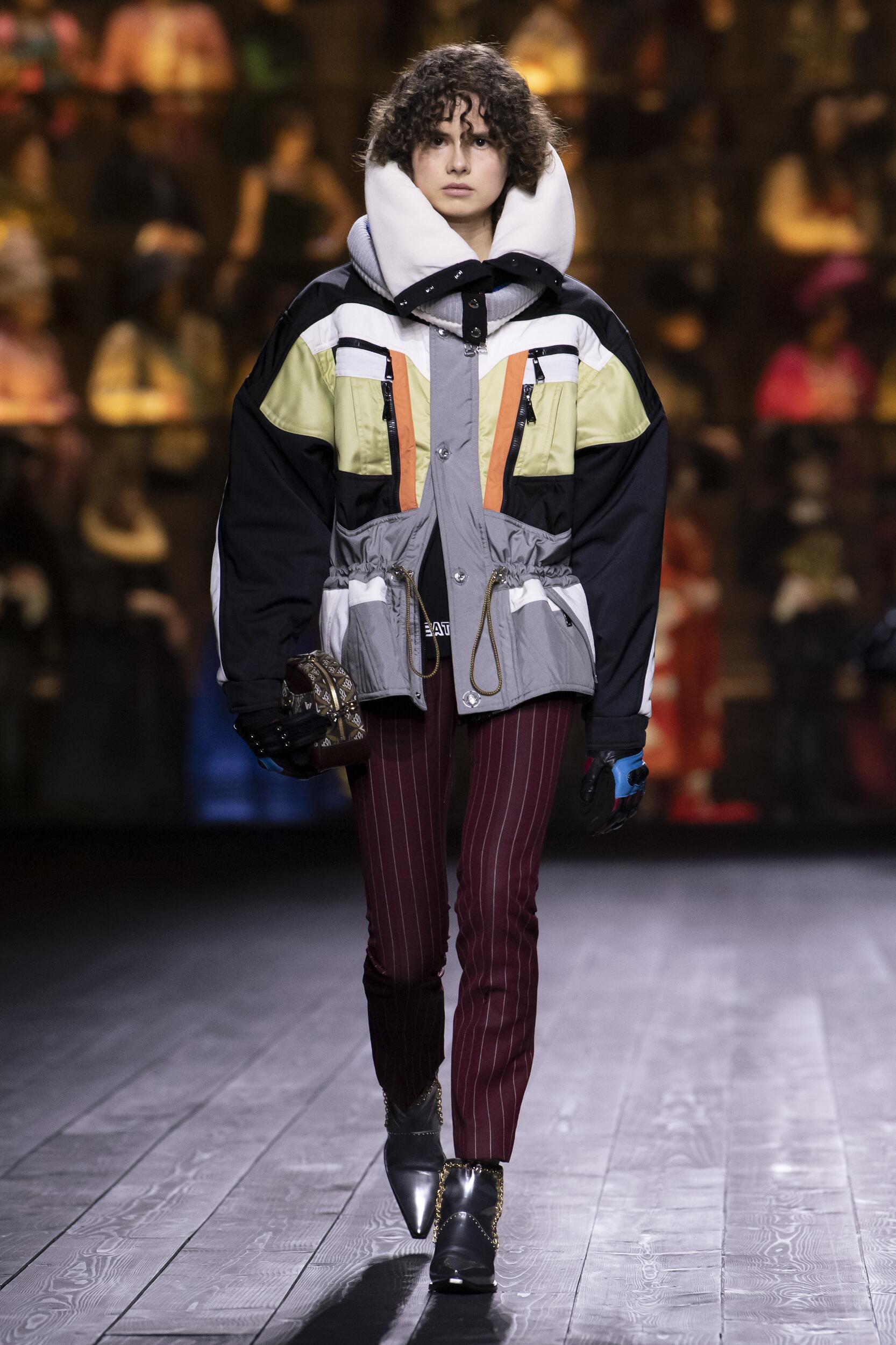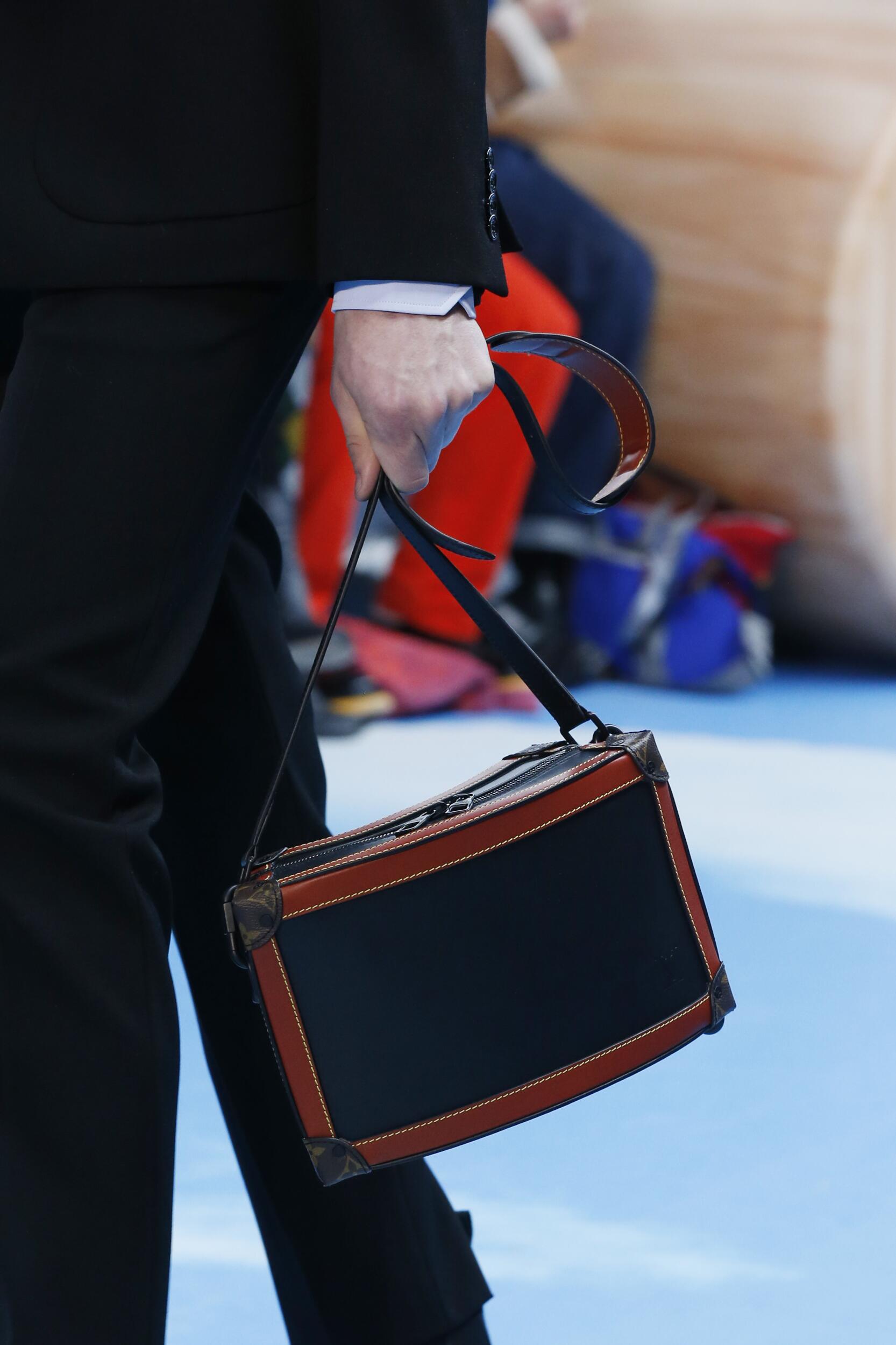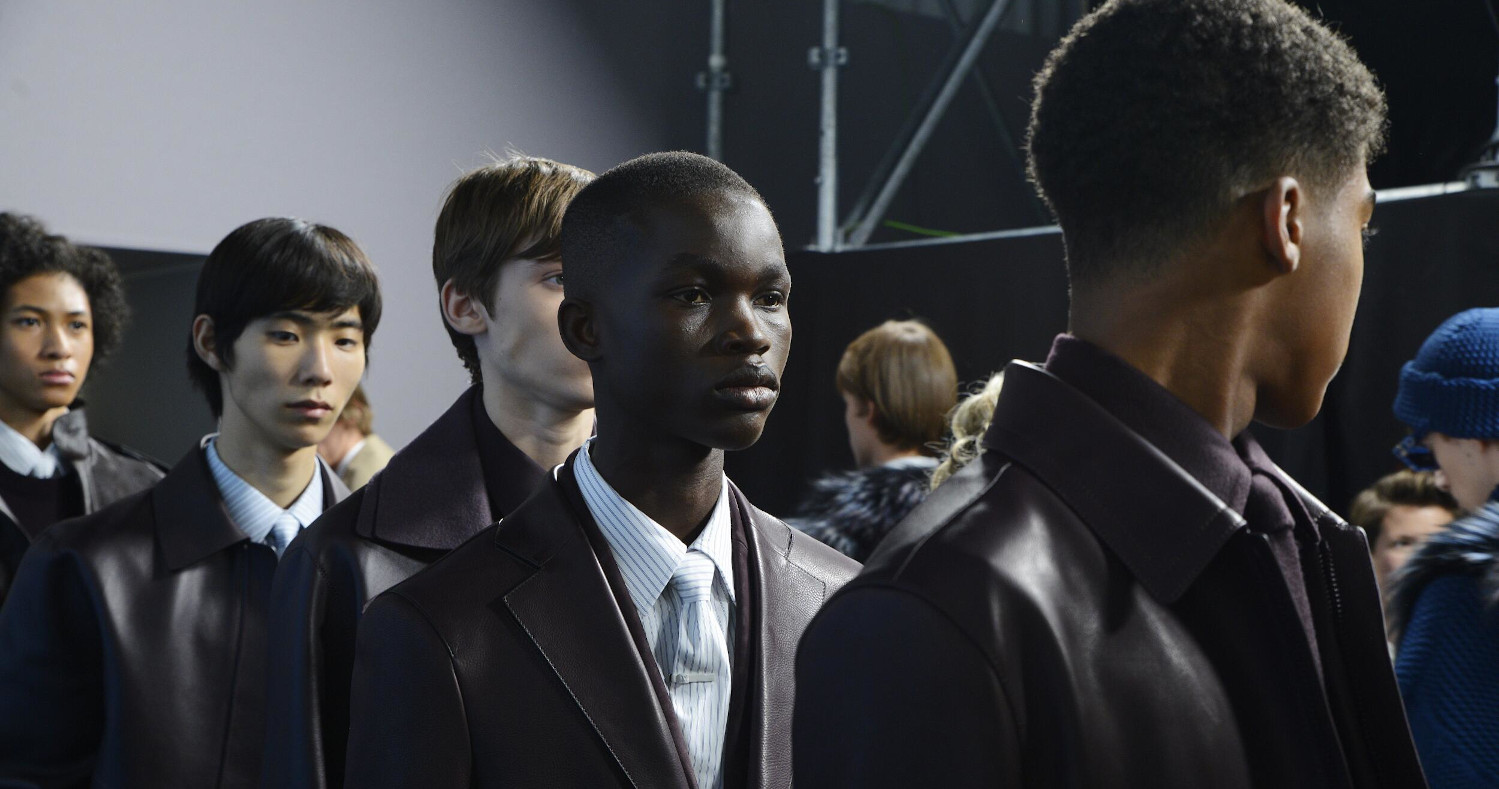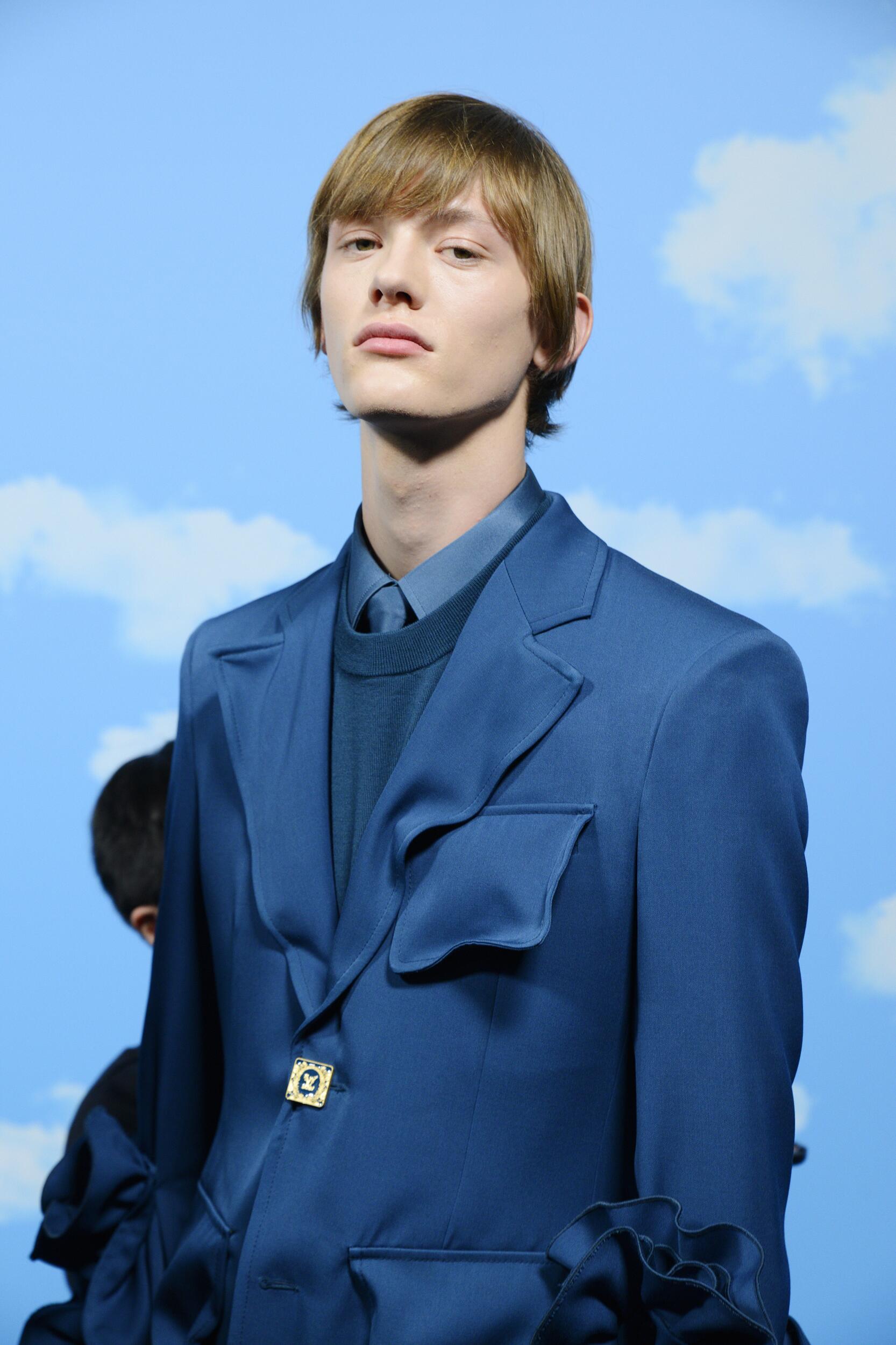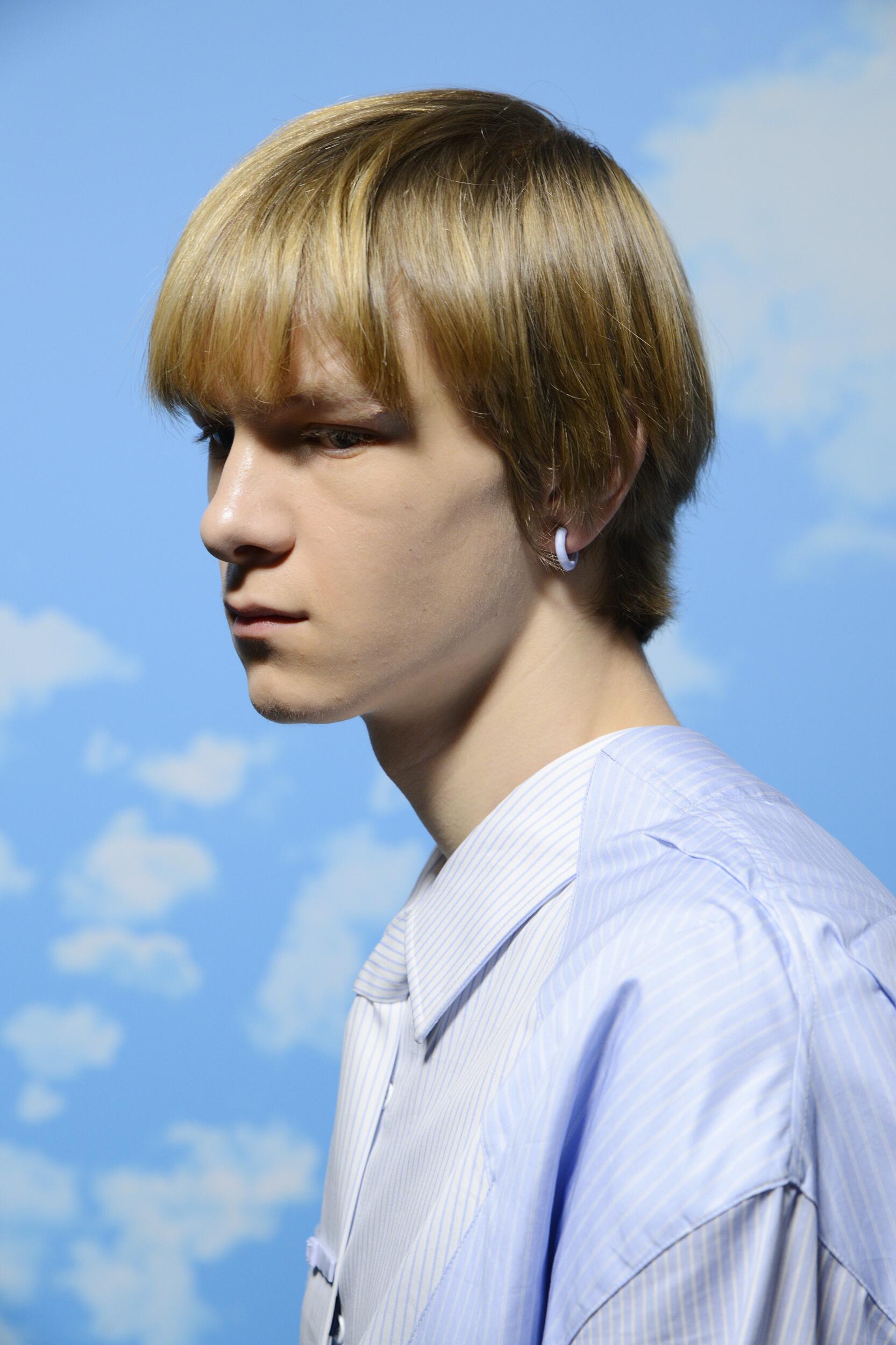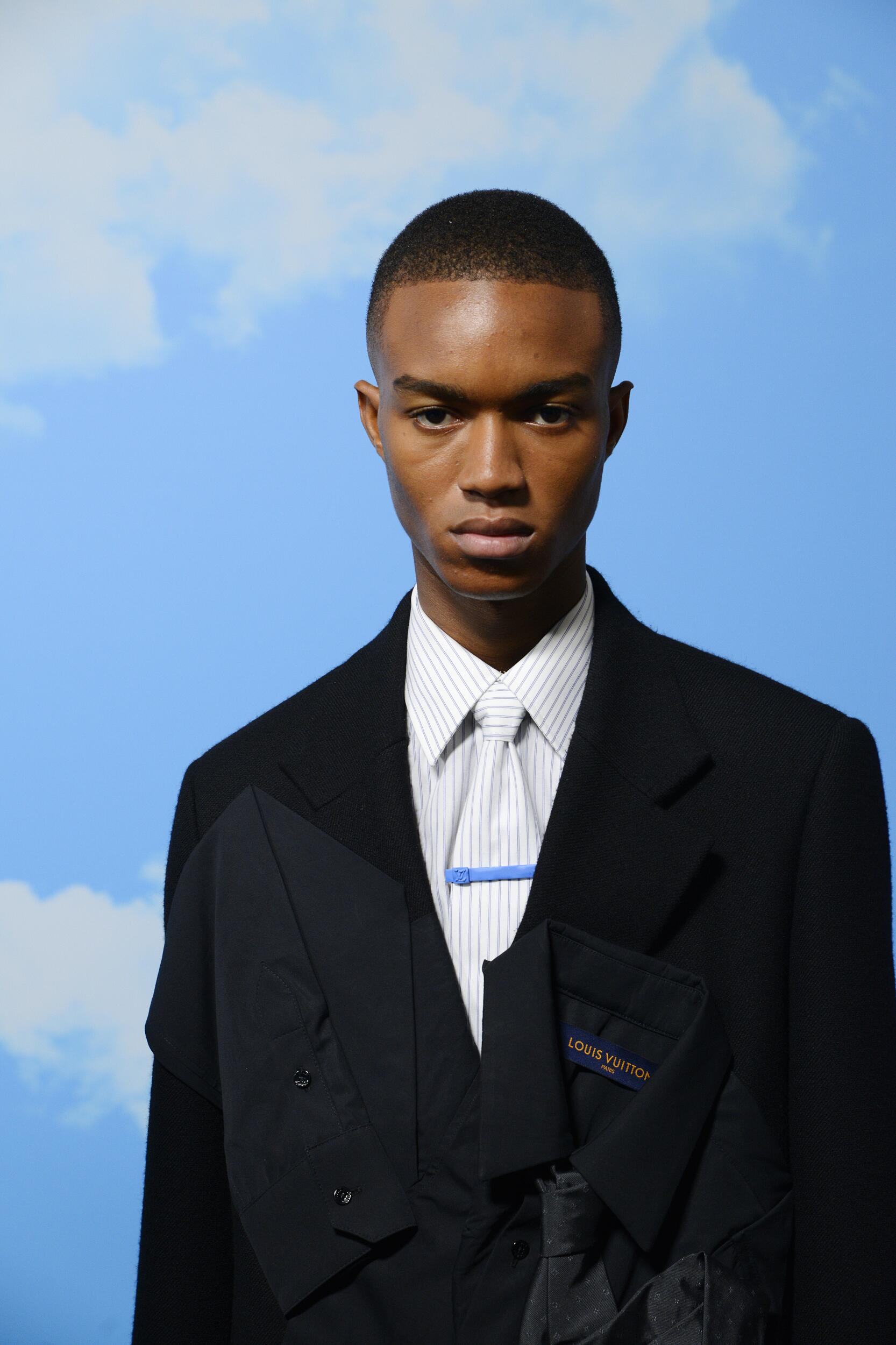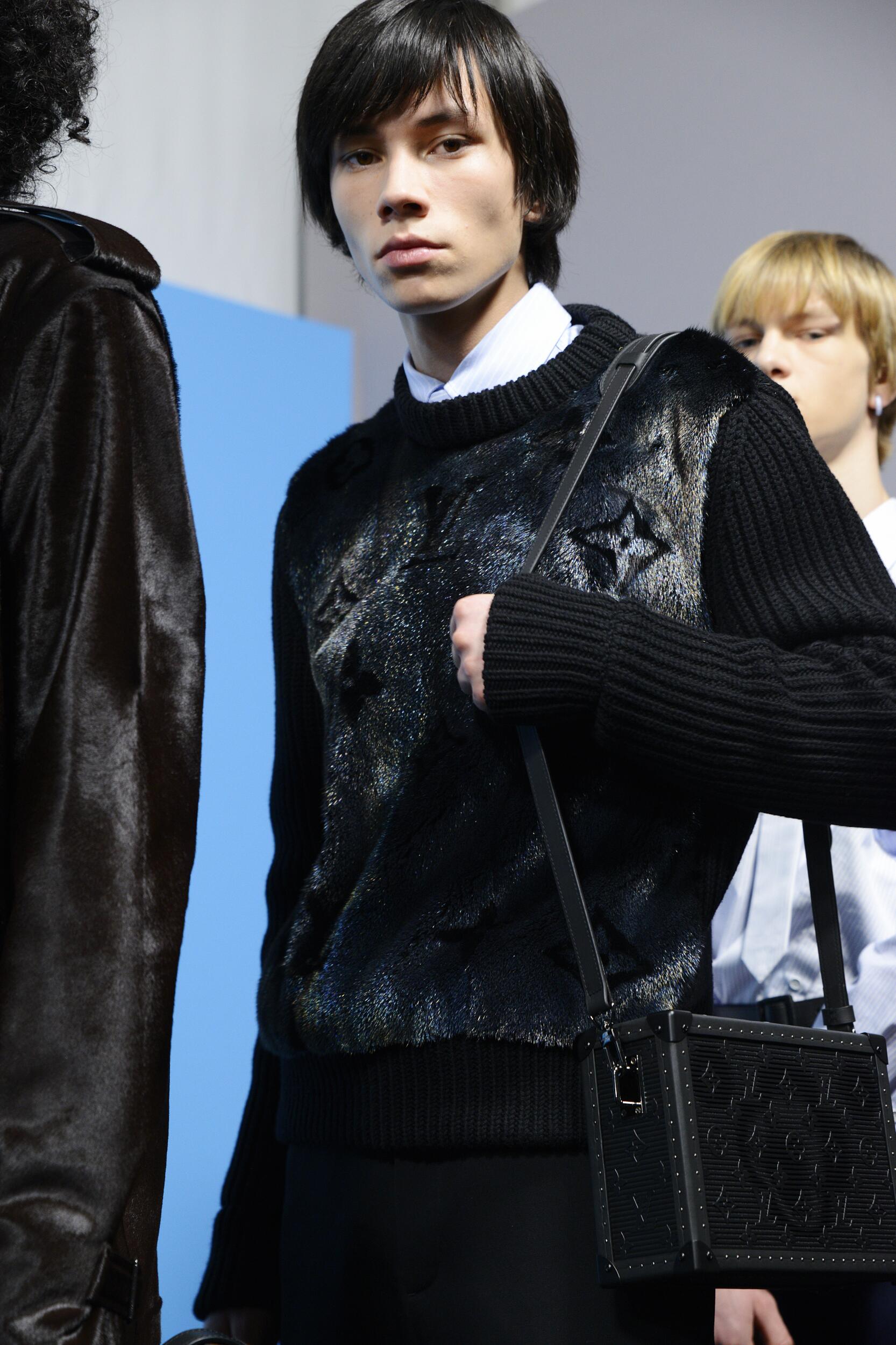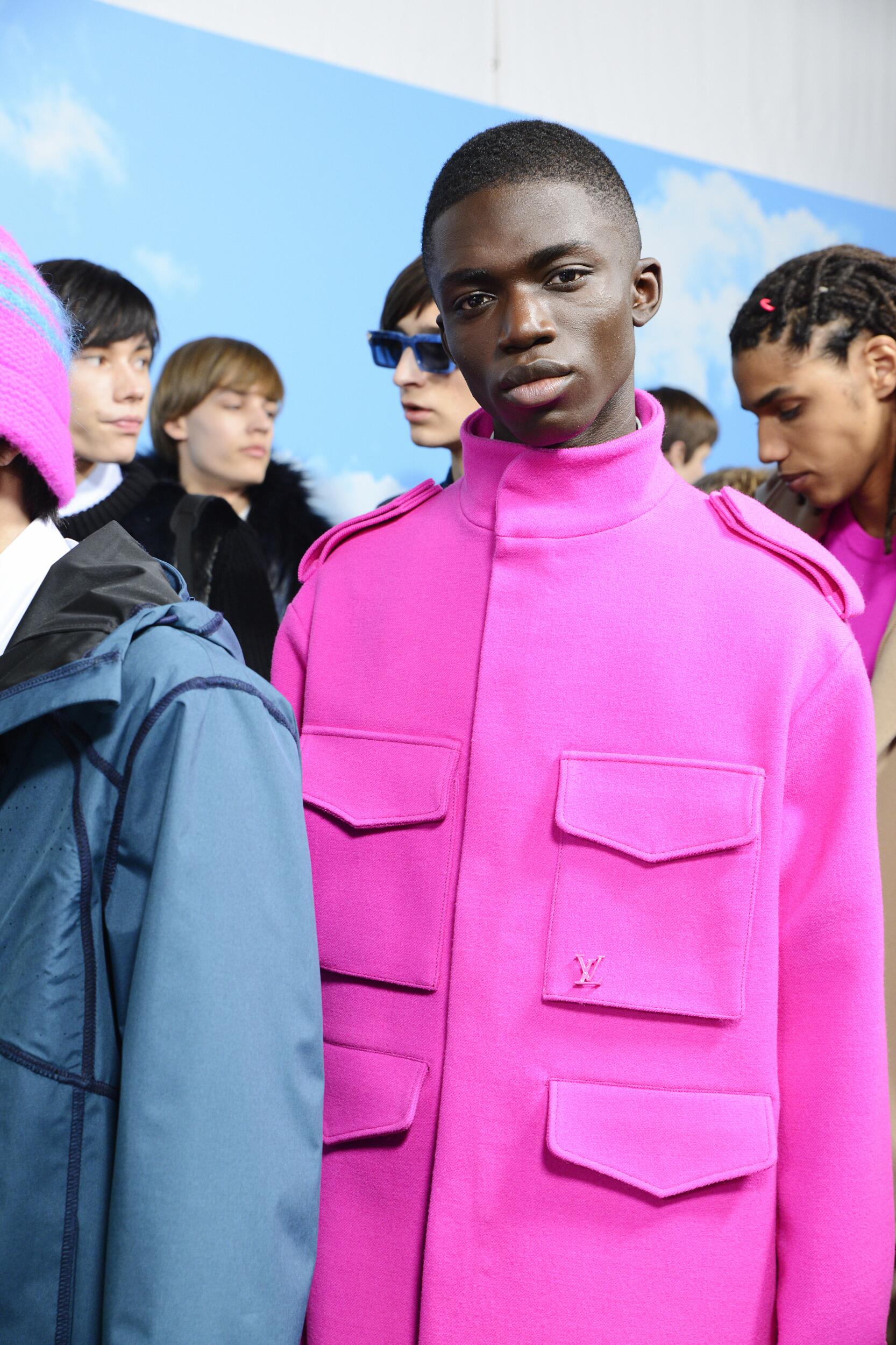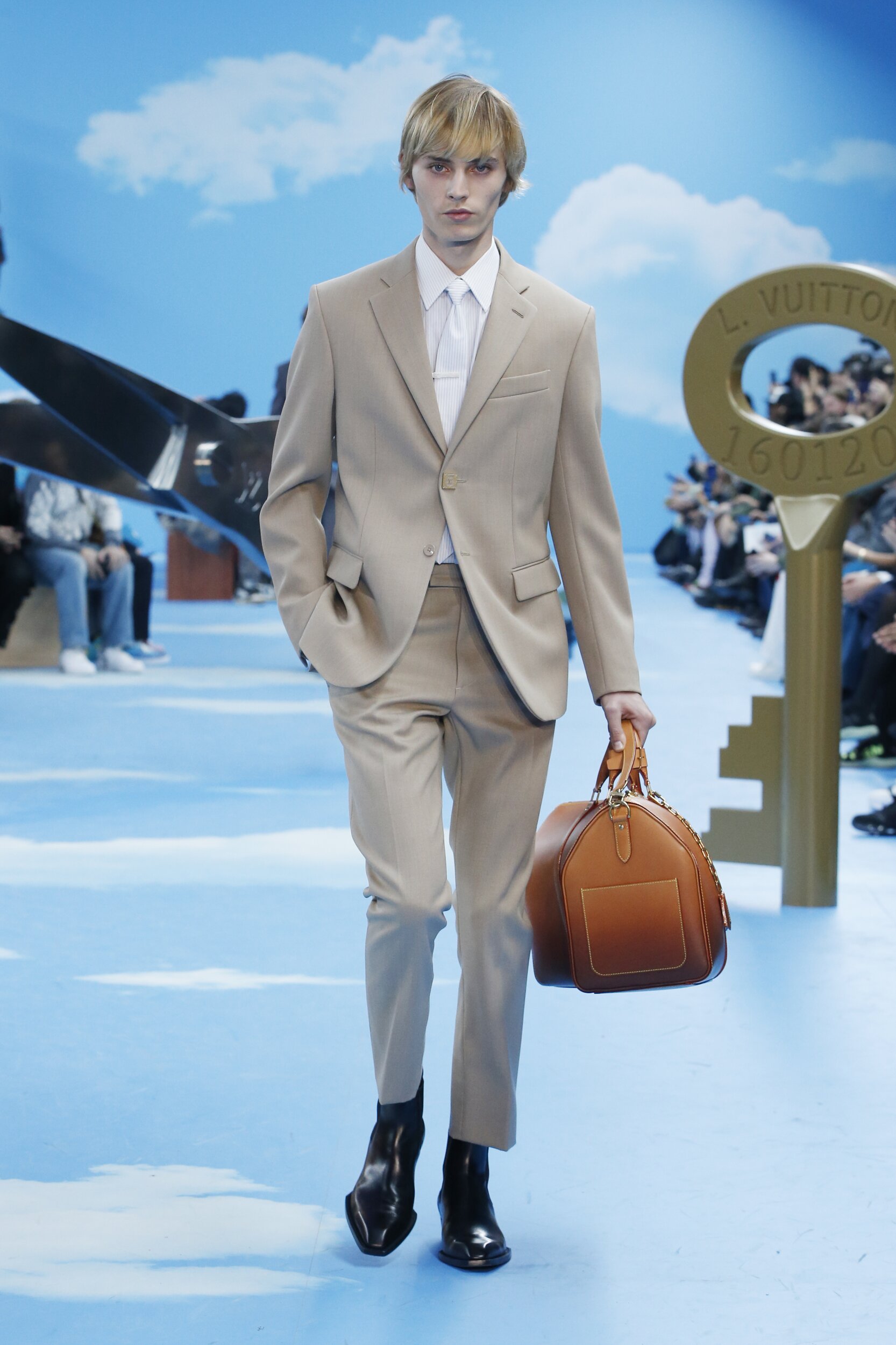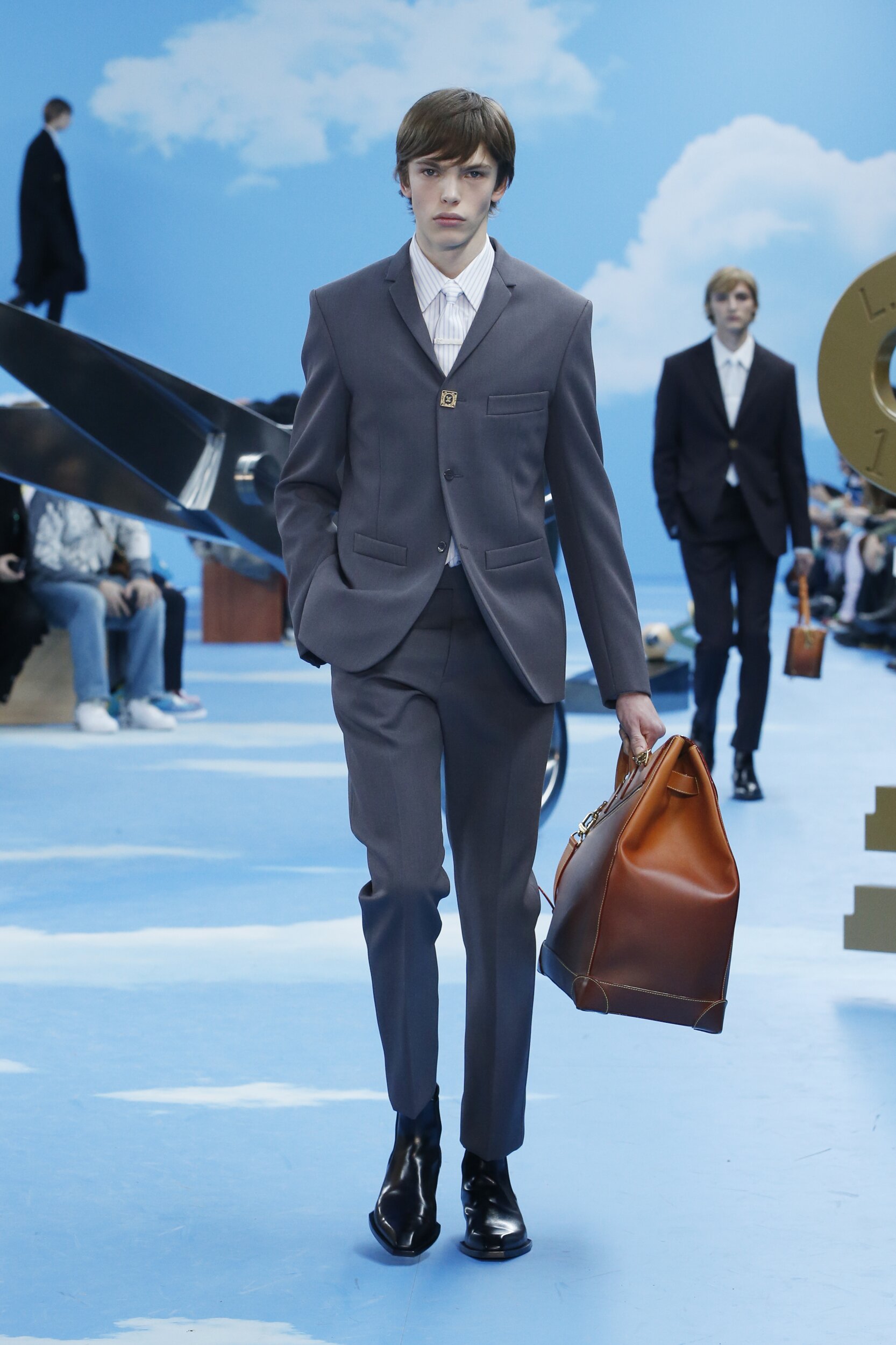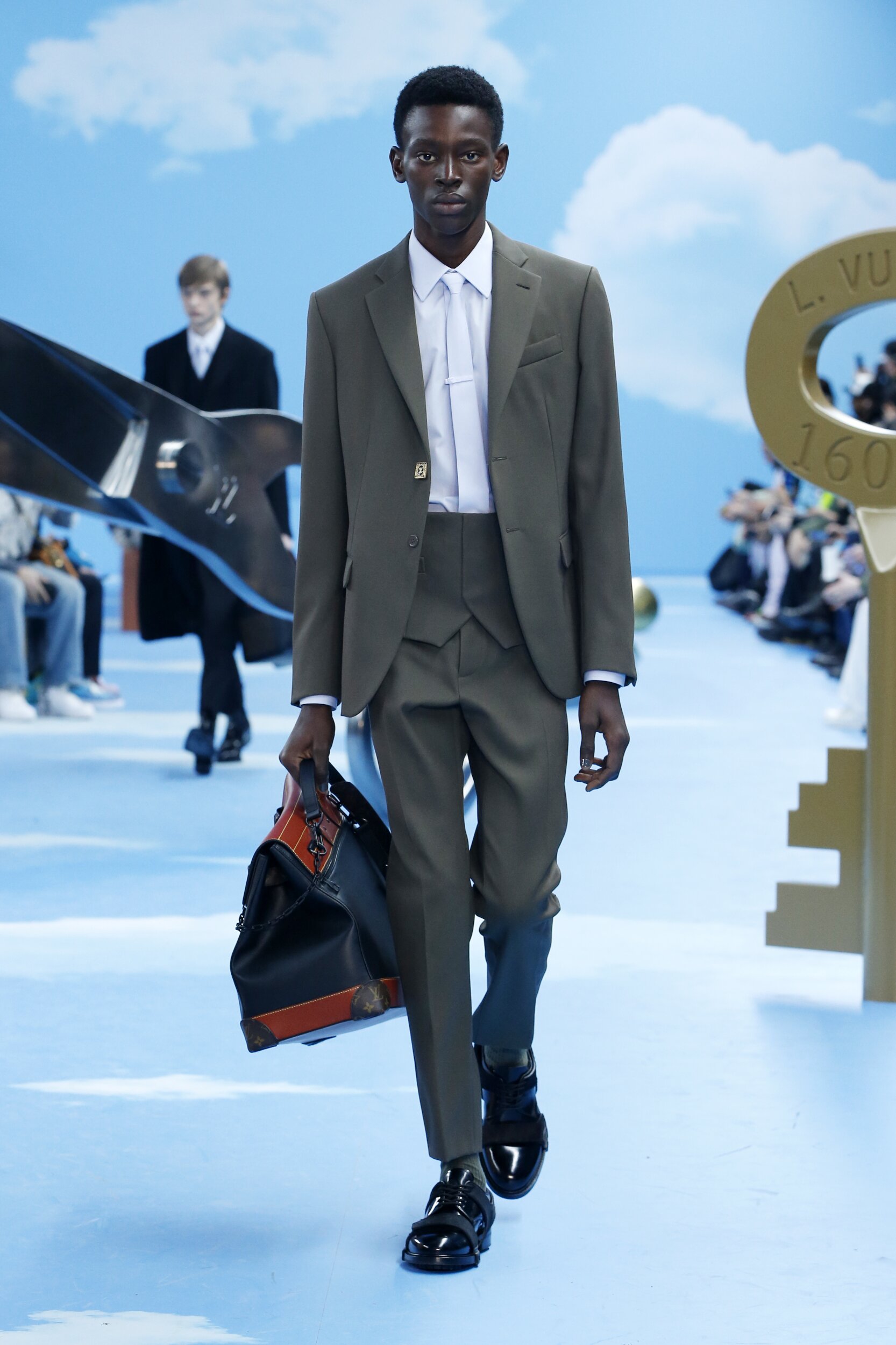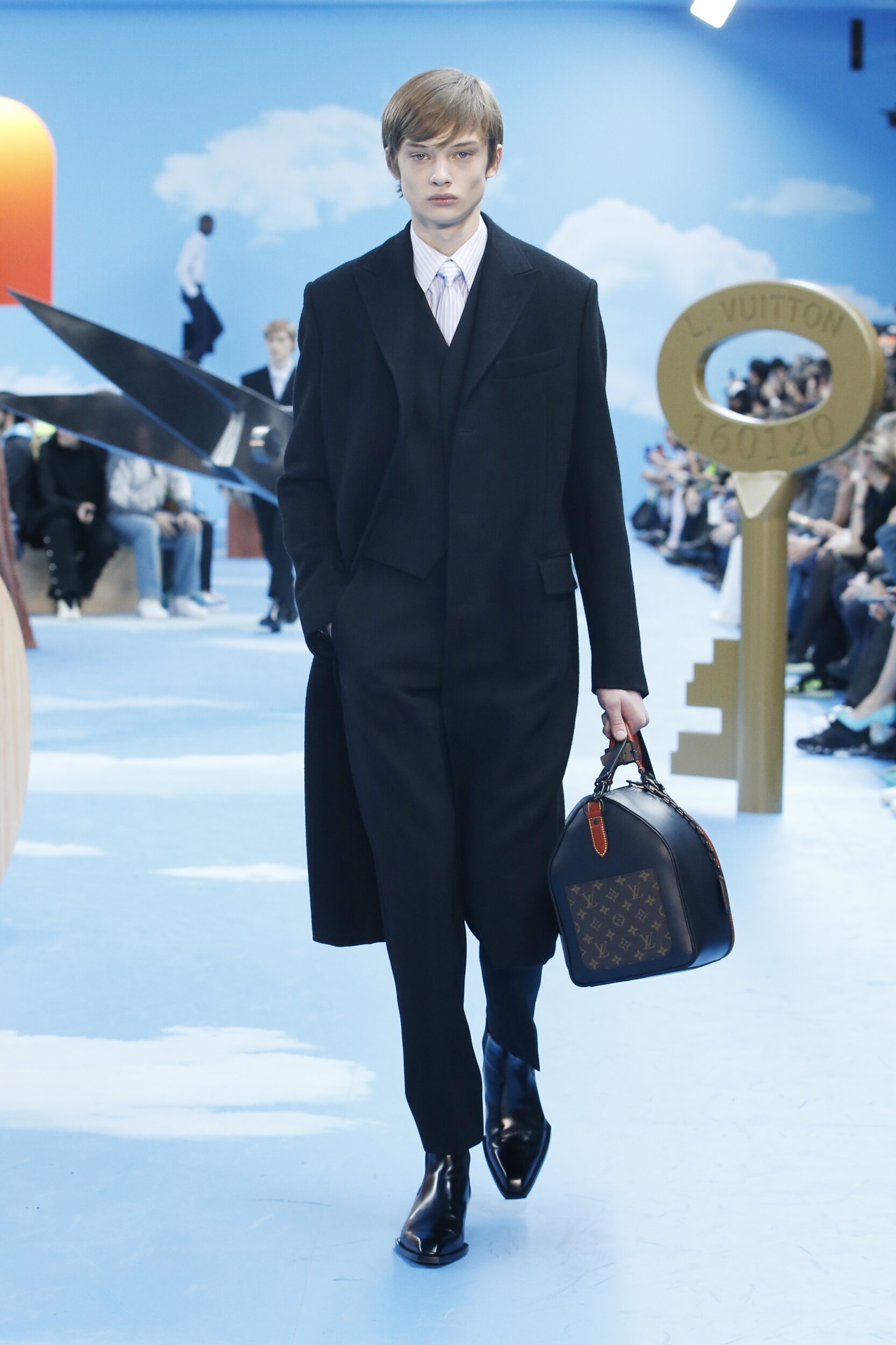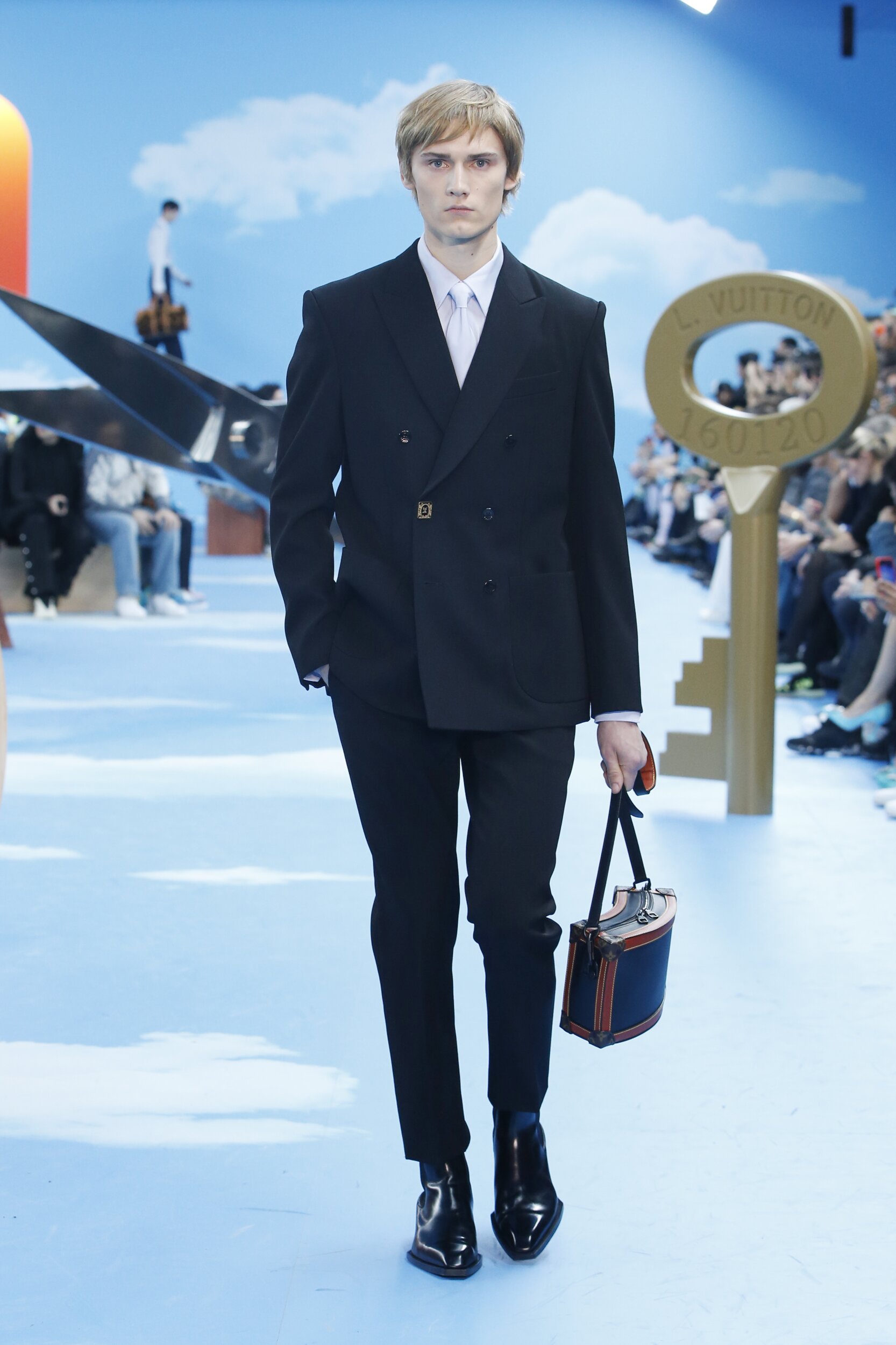Mon, March 23 2020 » Fashion Blog
LOUIS VUITTON FALL WINTER 2020 WOMEN’S COLLECTION – PARIS FASHION WEEK
Time Clash
Collisions of time. What if all of the innumerable eras that nourish fashion could come together in the here and now? And what if, in the present moment, we could confront history with contemporary freedoms, staged for the pure pleasure of fashion? A clash of styles, unexpected pairings, subverted functions… Dressing without protocol.
Going from old to new and from unprecedented to patrimonial. Anachronism becomes an attitude. Testing one’s agility with respect to a wardrobe. This collection is like a sartorial tune-up in which personality takes precedence: everyone can pen their own history.
The 200 characters in the historic grandstand are the work of Milena Canonero, Stanley Kubrick’s Designer of Costumes, who worked on “A Clockwork Orange”, “Barry Lyndon” and “The Shining”. Some 200 characters range from the 15th century to 1950.
The music was composed by Woodkid and Bryce Dessner. The piece’s title, “Three Hundred and Twenty”, refers to the number of years between the various movements referenced in a baroque composition injected with minimalistic, repetitive musical verses.
It resurrects Nicolas de Grigny, a contemporary of Bach who never won the recognition of his peers, and never played at the Louvre. In fitting with this clashing of times, today – centuries later – we are listening to Nicolas de Grigny at the Louvre.
Mon, March 23 2020 » Fashion Blog
Tue, February 18 2020 » Fashion Blog
Tue, February 18 2020 » Fashion Blog
LOUIS VUITTON FALL WINTER 2020 MEN’S COLLECTION – PARIS FASHION WEEK
Streetwear is a label freely adopted and rejected by Virgil Abloh. Through the contemporary breakdown of dress codes, the popular idea of streetwear calls for a redefifinition of the term itself. Today, streetwear characterises the clothes we actually wear and the way we wear them.
For the Louis Vuitton Fall-Winter 2020 collection, men’s artistic director Virgil Abloh studies the evolving anthropology of the suit and the reprogramming of traditional dress codes.
Tailoring and the tapered silhouette – the fifirm symbols of convention, trade and success – depart their corporate comfort zone: twisted and turned, the dress codes of an old world are neutralised, re-appropriated and embraced for a progressive joie de vivre. Don’t let your day job defifine you.
Employing his evolving premise of boyhood at Louis Vuitton, Virgil Abloh investigates the lifelong relationship formed by adolescent and young men with shirting and suiting. It is material and fifigurative exercise in freedom, presented within the familiar constrictions of tailoring.
Surrealism is the instinctive act of making the ordinary extraordinary. The abstraction of the familiar expands our routine horizons and makes us see the world through unfazed eyes. Virgil Abloh applies the mechanics of the surreal to rewind the clock on our collective age-inflflicted comprehension.
Gazing at the world through the optics of a child – of an adolescent or a young man – is tantamount to fifirst impressions, to the purity of mind and the refreshing optimism of naivety. The turn of a decade heralds an appetite for fresh motivations.
Through a childlike perspective, the phenomena and traditions we take for granted are invigorated and elevated. Hovering over our heads like the ceiling of an age-old chapel or an everlasting fifilm set, the clouds in the sky appear dreamlike and infifinite: Heaven on Earth.
Broken clocks, engineered to spin backwards, are still right twice a day. The suit – a man’s mundane corporate uniform – is de- and recoded into a symbol of craft and creativity. As part of the set in the Jardin des Tuileries, the traditional tools of the artisan are magnifified into lionised sculptures; the icons of tradition honoured and changed with equal enjoyment.
Mon, February 17 2020 » Fashion Blog


